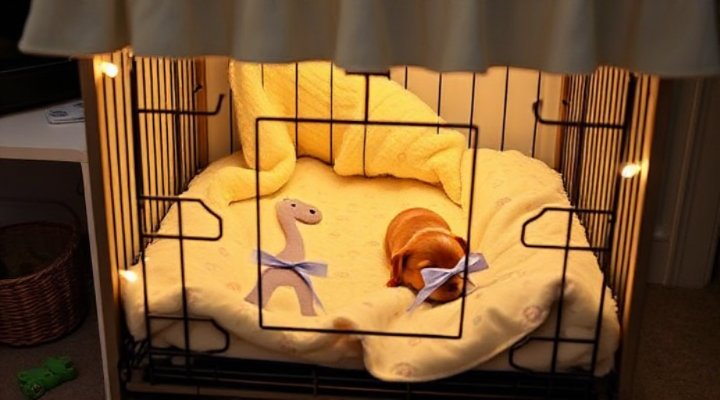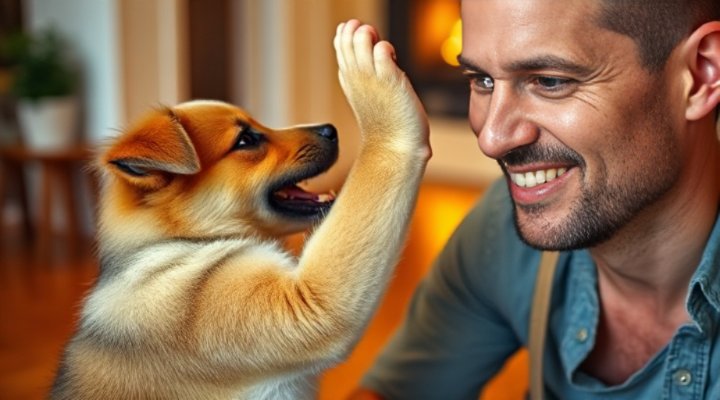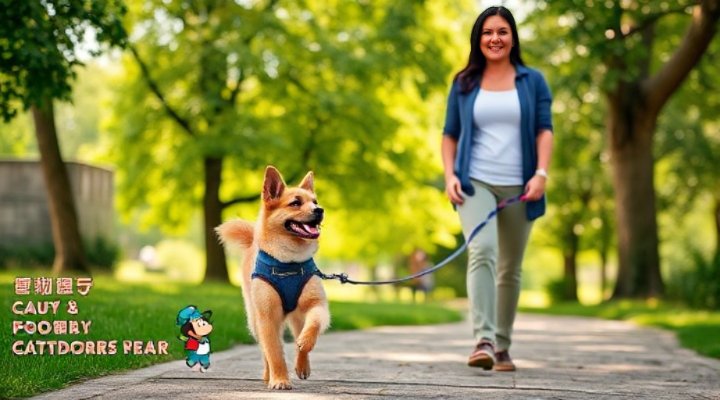Puppy training is one of the most rewarding experiences for any dog owner. Not only does it help your furry friend grow into a well-behaved adult, but it also strengthens the bond between you and your pet. In this guide, we’ll cover everything from basic commands to advanced techniques, ensuring you have all the tools you need for successful puppy training.

Basic Commands Every Puppy Should Learn
Starting with basic commands is crucial for any puppy training regimen. Commands like ‘sit,’ ‘stay,’ and ‘come’ are the foundation of good behavior. For instance, teaching your puppy to ‘sit’ can prevent jumping on guests, while ‘stay’ can keep them safe in potentially dangerous situations. Consistency is key here; practice these commands daily in short, fun sessions.
If you’re looking for more detailed guidance on basic commands, check out our article on how to train a puppy to sit.

Leash Training: Walking Without Pulling
Leash training is another essential skill. A well-trained puppy will walk calmly beside you without pulling, making walks enjoyable for both of you. Start by introducing the leash indoors, allowing your puppy to get used to the sensation. Gradually move to outdoor environments with more distractions.
For more tips on leash training, visit our comprehensive guide on leash training a puppy.

Crate Training: Creating a Safe Space
Crate training provides your puppy with a safe and comfortable space to relax. It’s also invaluable for housebreaking and preventing destructive behavior when you’re not around. Make the crate inviting with soft bedding and toys, and never use it as punishment.
Learn more about crate training in our detailed article on crate training for dogs.

Advanced Techniques: Beyond the Basics
Once your puppy has mastered the basics, you can move on to advanced techniques like trick training and off-leash commands. These not only impress your friends but also provide mental stimulation for your puppy. Remember, advanced training requires patience and positive reinforcement.
For scientifically-backed methods, refer to the American Kennel Club’s training resources.

Common Challenges and Solutions
Every puppy is unique, and you may encounter challenges like excessive barking or chewing. Addressing these issues early with positive reinforcement and consistency is crucial. For example, redirect chewing behavior to appropriate toys and reward quiet behavior to reduce barking.
For more on handling behavioral issues, see our guide on dog behavior specialists.
Conclusion
Puppy training is a journey that requires time, patience, and lots of love. By starting with basic commands and gradually introducing more advanced techniques, you’ll set your puppy up for a lifetime of good behavior. Remember, the key to success is consistency and positive reinforcement.
For further reading, check out the American Veterinary Society of Animal Behavior for expert advice.
Related Keywords: puppy training, dog training, basic commands, leash training, crate training, advanced puppy training, behavior correction.

